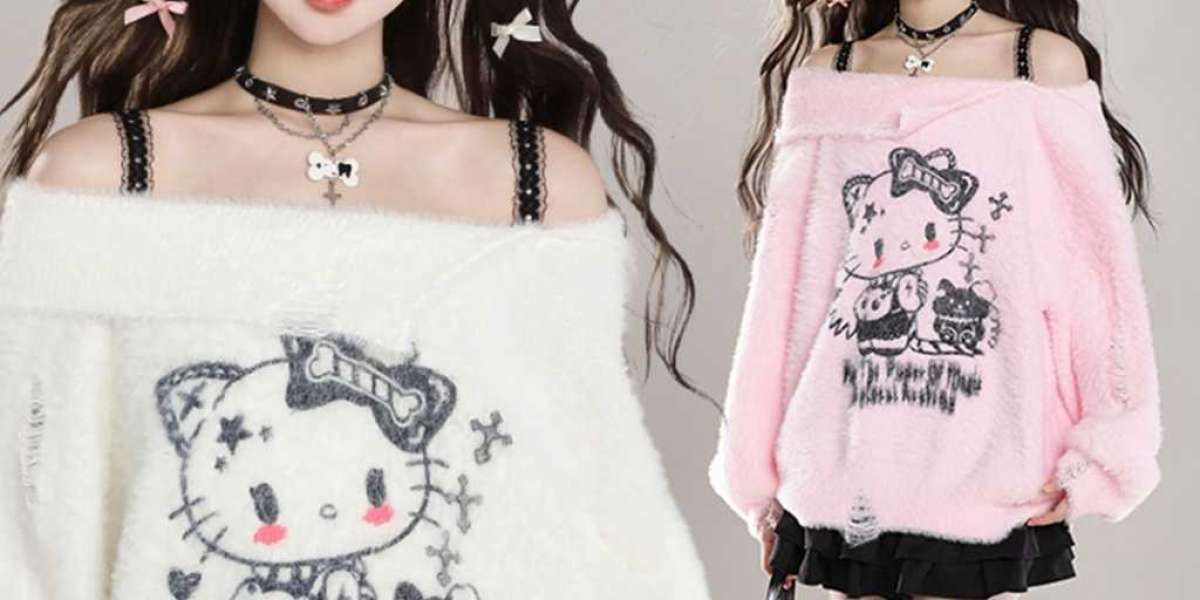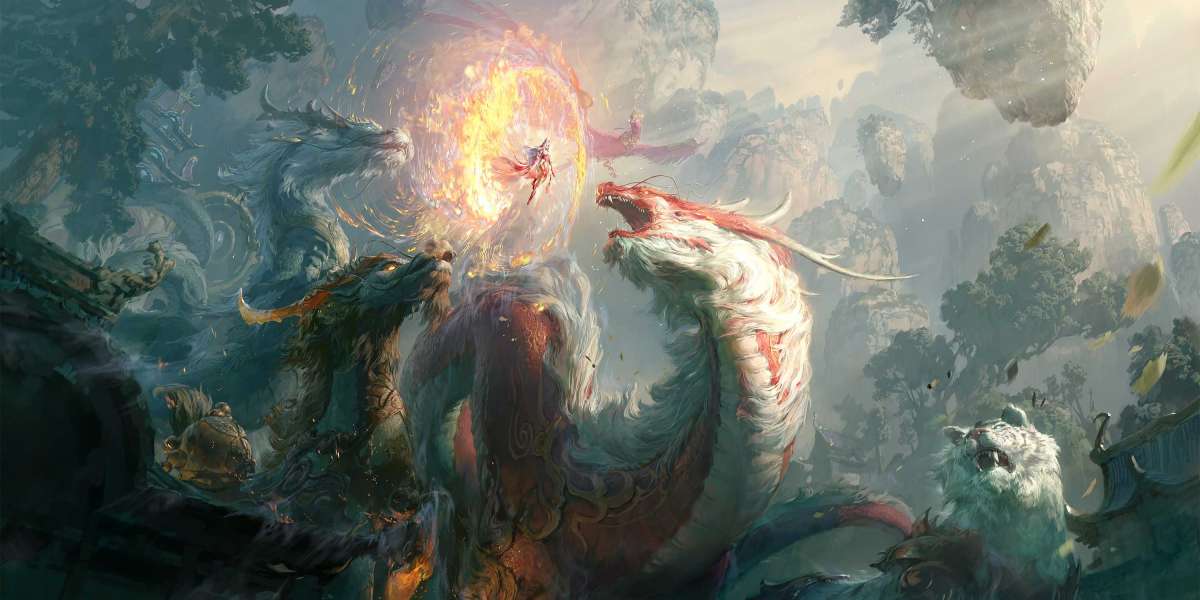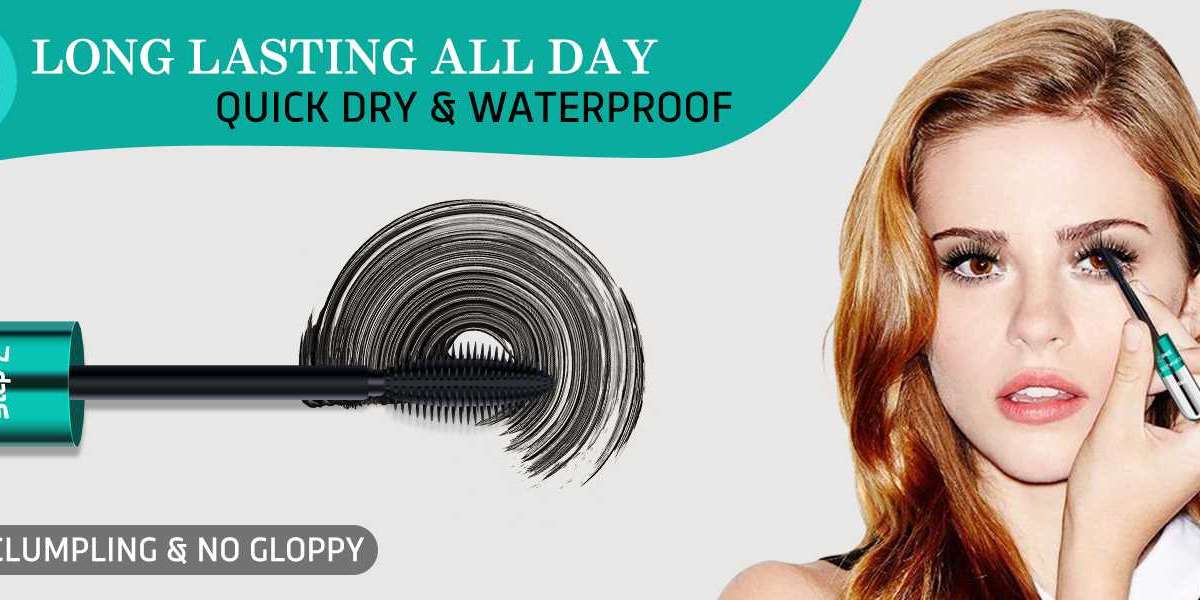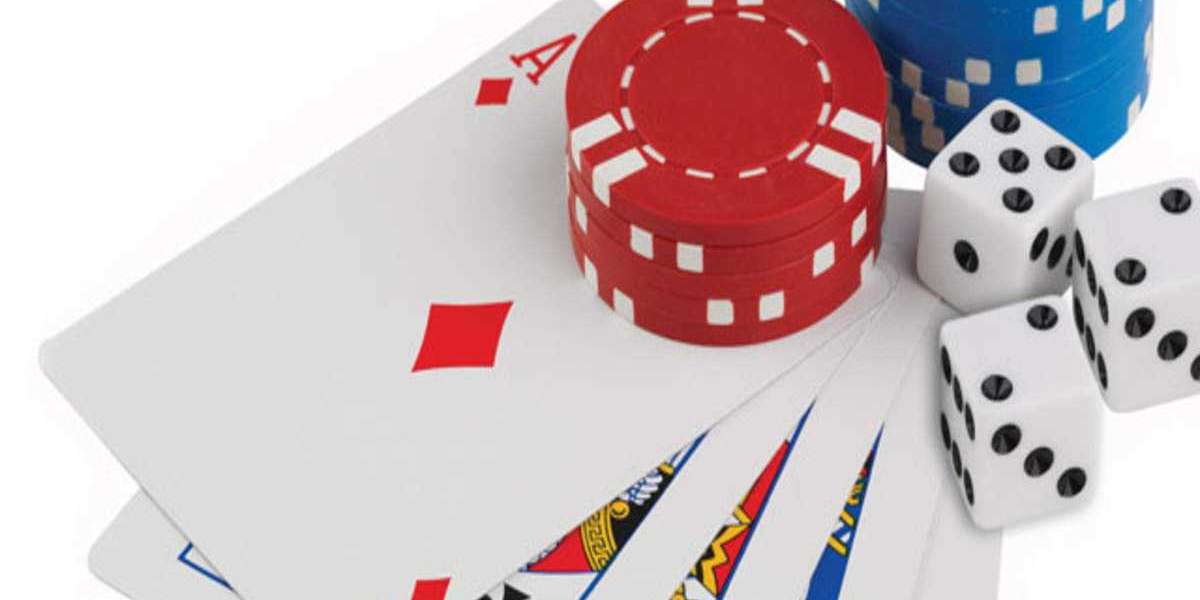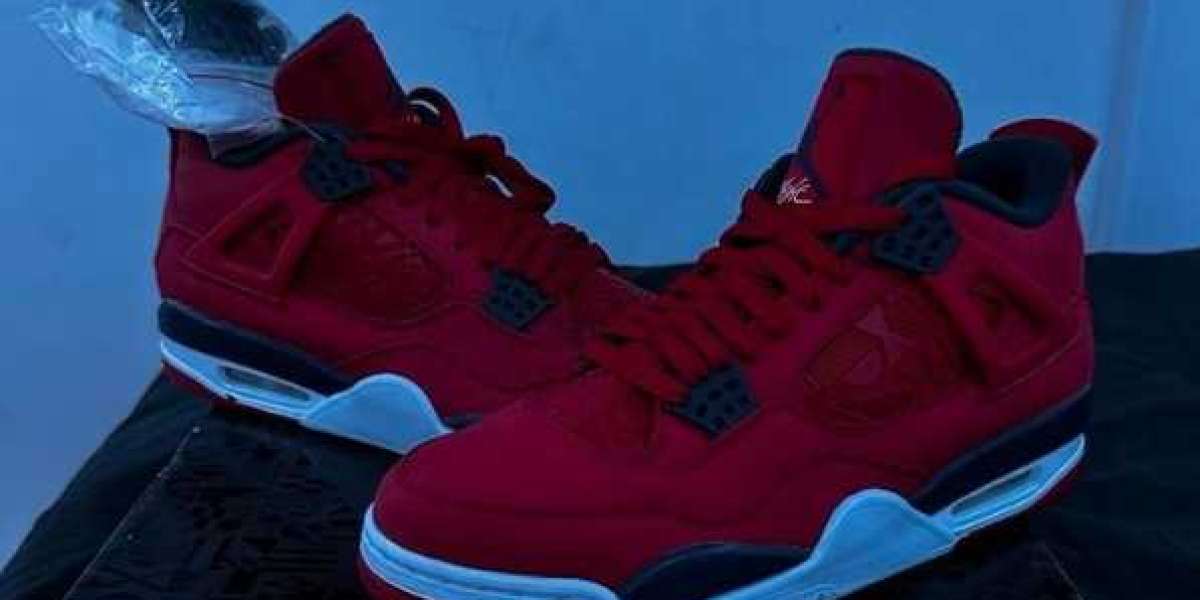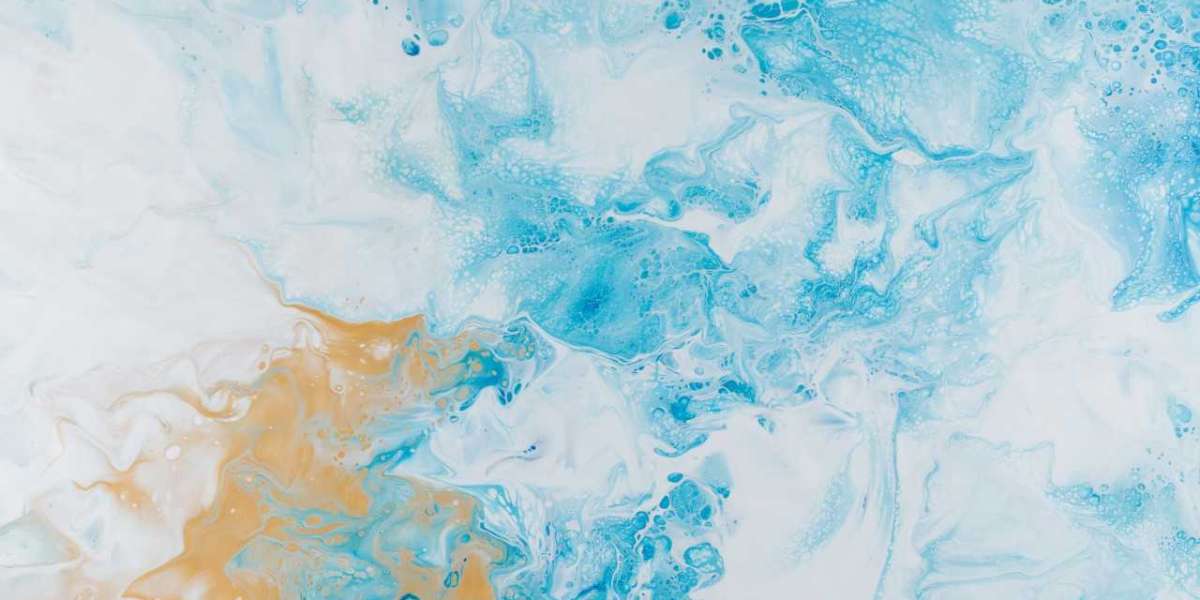Introduction
Vogue trends come and go, however one model that has stood the test of time is the kawaii aesthetic, a Japanese term that interprets to "cute" or "adorable." Characterized by pastel colours, whimsical patterns, and oversized silhouettes, kawaii fashion has change into a worldwide phenomenon, influencing a wide range of industries from cosmetics to interior design. In this text, we will delve into the world of pastel kawaii outfits, analyzing the psychological factors that make them so appealing and discussing their impact on contemporary vogue.
The Psychology of Kawaii
At its core, kawaii vogue taps into our primal instinct to nurture and protect. The usage of gentle, gentle colors like baby pink, lavender, and mint inexperienced elicits emotions of warmth and comfort, whereas oversized shapes and playful particulars create a way of innocence and vulnerability. In a world that can often feel harsh and unpredictable, kawaii trend provides a respite, allowing us to retreat right into a dreamlike realm of sweetness and light.
Furthermore, kawaii style appeals to our inner baby, evoking memories of simpler instances when the world appeared stuffed with marvel and risk. The whimsical patterns and charming details of pastel kawaii outfits transport us back to a time once we could lose ourselves in a world of make-consider and fantasy. By embracing these elements in our clothing decisions, we are capable of recapture a sense of childlike joy and marvel, even within the midst of our busy, grownup lives.
Evolution of Kawaii Style
The origins of kawaii fashion will be traced again to Japan in the 1970s, when the country skilled a cultural revolution that emphasised cuteness and innocence as fascinating qualities. This aesthetic was popularized by the rise of Hi there Kitty, a cartoon character created by Sanrio that embodied the kawaii preferrred together with her pink bow and spherical, smiling face. Good day Kitty became a cultural icon, spawning a wide range of merchandise and inspiring a new technology of designers to experiment with cute, whimsical kinds.
Within the a long time that adopted, kawaii fashion unfold past Japan, turning into a global phenomenon that transcended age, gender, and cultural boundaries. As we speak, yow will discover kawaii-inspired clothes and accessories in outlets all all over the world, from high-end designer boutiques to fast-fashion chains. The proliferation of social media platforms like Instagram and TikTok has further fueled the recognition of kawaii vogue, permitting fanatics to share their outfit ideas and join with like-minded people from across the globe.
The Appeal of Pastel Kawaii Outfits
One of the most enduring developments within the kawaii fashion movement is the usage of pastel colors, which are chosen for his or her mushy, gentle hues that evoke a sense of calm and tranquility. Pastel kawaii outfits typically feature a mix of pale pinks, blues, and yellows, making a cohesive, harmonious palette that's pleasing to the attention. These colors are sometimes paired with whimsical prints like hearts, stars, and animals, including a playful touch to the general look.
Along with their visual attraction, pastel kawaii outfits are additionally prized for their versatility and consolation. The oversized silhouettes and unfastened-fitting shapes of kawaii clothing make them splendid for a variety of body sorts and occasions, while the soft, breathable fabrics be certain that they are comfy to wear all day long. This mixture of style and performance has made pastel kawaii outfits a wardrobe staple for a lot of vogue lovers, who recognize their means to make an announcement while still being simple to put on.
Affect on Contemporary Vogue
The affect of kawaii fashion will be seen in quite a lot of contemporary traits, from streetwear to haute couture. Designers like Marc Jacobs, Moschino, and Jeremy Scott have all incorporated kawaii parts into their collections, utilizing pastel colors, oversized shapes, and whimsical prints to create a sense of playfulness and whimsy. As well as, celebrities like Ariana Grande, Billie Eilish, and Zendaya have embraced the kawaii aesthetic, incorporating it into their personal type and crimson carpet appears.
Furthermore, the rise of online shopping and social media has democratized the fashion business, allowing independent designers and small brands to reach a global viewers with their kawaii-impressed creations. Platforms like Etsy and Depop have grow to be hubs for kawaii enthusiasts to purchase and sell handmade clothes and equipment, fostering a vibrant community of creatives who are pushing the boundaries of traditional style norms.
Conclusion
In conclusion, pastel kawaii outfits have turn out to be a staple of contemporary style, appealing to our innate desire for sweetness, innocence, and playfulness. By tapping into the psychological factors that make kawaii trend so appealing, designers and enthusiasts alike are able to create looks which are both stylish and snug, permitting us to precise our individuality and creativity in a approach that feels authentic and true to ourselves. Because the kawaii motion continues to evolve and adapt to altering trend traits, one thing is evident: pastel kawaii outfits are here to stay.
